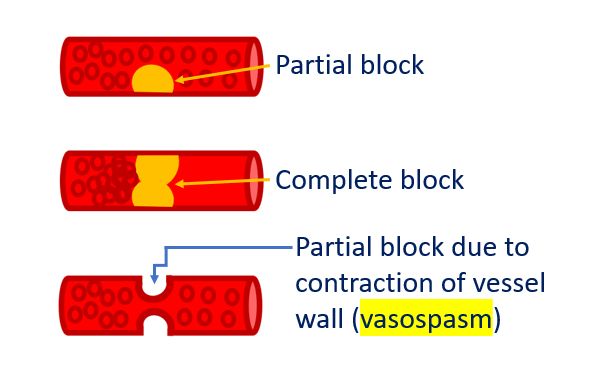What is ischemic heart disease?
What is ischemic heart disease?
Ischemia means a decrease in the blood supply. Hence ischemic heart disease means blood flow to the heart muscle is reduced. Ischemic heart disease is also known as coronary artery disease.
Usually this occurs due to partial or complete blocks in the coronary arteries, the blood vessels which supply oxygenated blood to the heart muscle. It could also occur due to transient contraction of the muscle of the blood vessel, known as ‘coronary vasospasm’.

Ischemic heart disease due to partial blockage of the blood vessels usually manifest as chest pain on exertion or effort angina. When the block is near total or total there could be chest pain at rest as well. Then it is called unstable angina or sometimes when there is damage to the heart muscle it results in a heart attack technically termed as myocardial infarction.
Does ischemic heart disease always manifest with chest pain?
Ischemic heart disease can have other manifestations like breathlessness on exertion, dizziness, undue sweating on exertion, or pain in the jaw, wrist, neck or back. These are known as anginal equivalents, meaning symptoms of ischemic heart disease other than chest pain. Please note that in this case, pain occurs at same site whether you work with arms or legs. Occasionally there is no symptom at all, and it is detected on routine medical evaluation for some other reason. Then it is called silent ischemia or even silent heart attack.
Is there any difference in the significance between silent and manifest ischemic heart disease?
Significance is the same for silent and manifest ischemic heart disease. But the risk is probably more for the silent one because there are no warning symptoms, and the individual would not take care and exert beyond what his medical condition permits and may end up with more severe problems.

